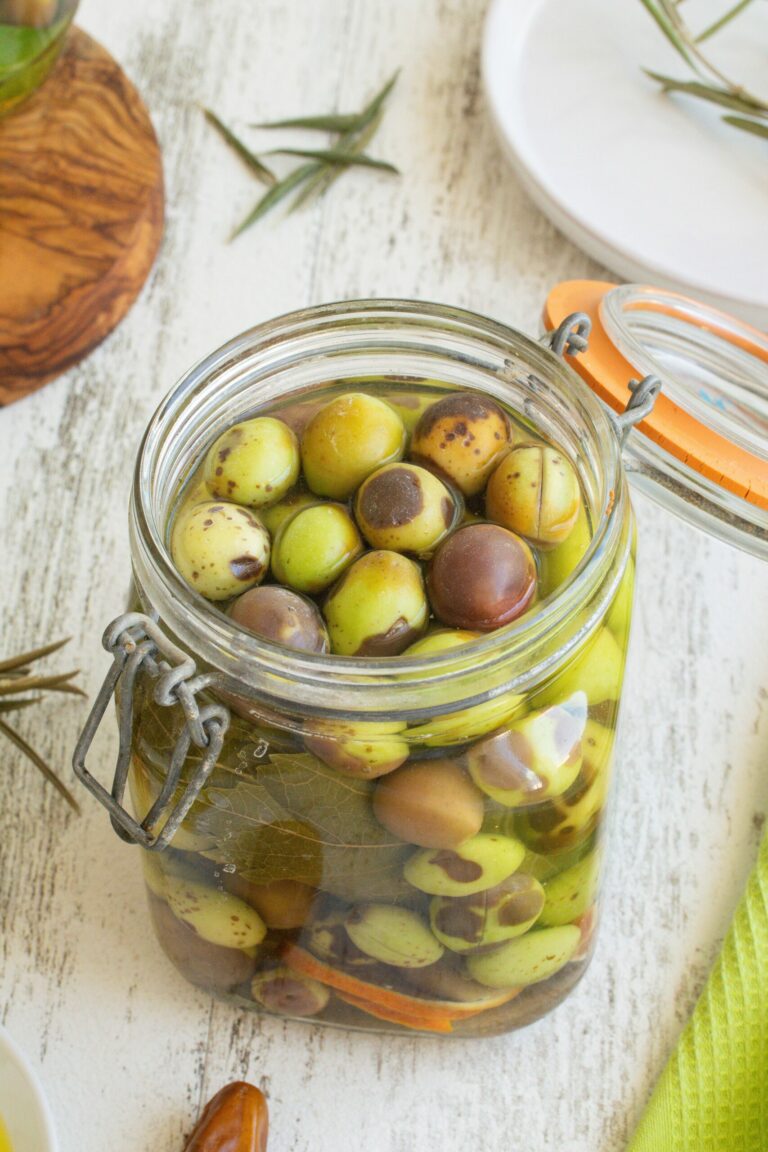Grow Your Own Vegetables and Herbs
Welcome to the world of organic gardening! In this blog post, we’re diving into the fulfilling journey of growing your own vegetables and herbs. Whether you have a sprawling backyard or a modest balcony space, organic gardening is accessible and rewarding for everyone. Let’s embark on this green adventure together!

Want to Save This Recipe?
Enter your email & I'll send it to your inbox. Plus, get great new recipes from me every week!
By submitting this form, you consent to receive emails from BENSA
Why Go Organic?
Organic gardening is more than just a trend; it’s a sustainable approach to living. By avoiding synthetic fertilizers and pesticides, you contribute to a healthier ecosystem. Plus, the taste of fresh, homegrown produce is incomparable!
Getting Started: Choosing Your Space
First things first, identify where you’ll set up your garden. It could be a small corner of your yard, a patio, or even a sunny windowsill. The key is to find a spot that receives ample sunlight – most vegetables and herbs love the sun!
Soil: The Foundation of Your Garden
Healthy soil is the bedrock of organic gardening. Start with a soil test to understand its nutrient profile. Then, enrich your soil with organic matter like compost, which you can either buy or make yourself (a great way to recycle kitchen scraps!).
Selecting Your Plants
When choosing what to grow, consider your local climate and the amount of space you have. Some easy-to-grow vegetables for beginners include tomatoes, lettuce, and radishes. For herbs, start with classics like basil, parsley, and mint.
Planting Your Seeds
Follow the instructions on your seed packets for planting depth and spacing. Remember, patience is key in gardening. Some seeds sprout quickly, while others take their time. Keep your soil moist, but not waterlogged.
Watering Wisely
Water is crucial, but overwatering is a common mistake. Most vegetables and herbs prefer consistent moisture. A good rule of thumb is to water deeply but less frequently, encouraging strong root development.
Natural Pest Control
Pests can be a challenge, but there are organic ways to manage them. Encourage beneficial insects like ladybugs, use neem oil for mild infestations, or create barriers with netting or row covers.
The Joy of Harvesting
There’s nothing quite like the satisfaction of harvesting your own produce. Harvest in the morning when the plants are most hydrated. Regular harvesting often encourages more growth, especially with herbs.
Beyond the Garden: Using Your Harvest
Now, for the best part – using your fresh produce in the kitchen! Try simple salads with your fresh veggies, or infuse oils with your herbs. Don’t forget to save some seeds for next season, completing the beautiful cycle of gardening.
Final Thoughts
Organic gardening is a journey full of learning, patience, and rewards. It connects us to the rhythm of nature and provides a sense of accomplishment that comes from nurturing life from seed to harvest. So, roll up your sleeves, get your hands a little dirty, and enjoy the magic of growing your own food.
Happy Gardening!
Whether you’re a seasoned gardener or a curious newbie, we hope this post inspires you to start or continue your organic gardening journey. Share your experiences and tips in the comments below – let’s grow together!

